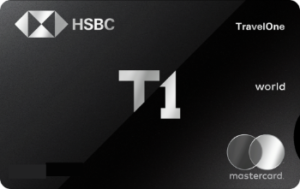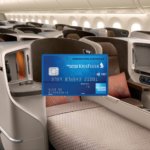When Air New Zealand announced plans for Skynest in February 2020 — a lie-flat product for Economy Class travellers — many dismissed it as a publicity stunt.
After all, nothing generates column inches like the promise of making long-haul Economy travel slightly more tolerable. And for all the innovation we’ve seen at the pointy end of the plane, Economy Class remains, well, Economy Class.

There’s a reason for that. While passengers claim to value things like extra legroom, wider seats and padded seatbacks, their purchasing behaviour suggests otherwise. Airlines know that when push comes to shove, the lowest price (or best schedule) usually carries the day, hence their singular focus on achieving that, at the expense of creature comforts at the back of the bus.
In any case, COVID soon hit, and Skynest was all but forgotten amidst the collapse of global air travel. The concept resurfaced in May 2023, but promises of a 2024 launch failed to materialise, and more than five years since it was teased, a lie-flat bed in Economy Class remains elusive.
The perpetual delays have led to accusations that Skynest is nothing but vaporware, but having visited Air New Zealand headquarters this week, I can assure you it’s not— but it also won’t be widely available, at least not anytime soon.
What is Skynest?
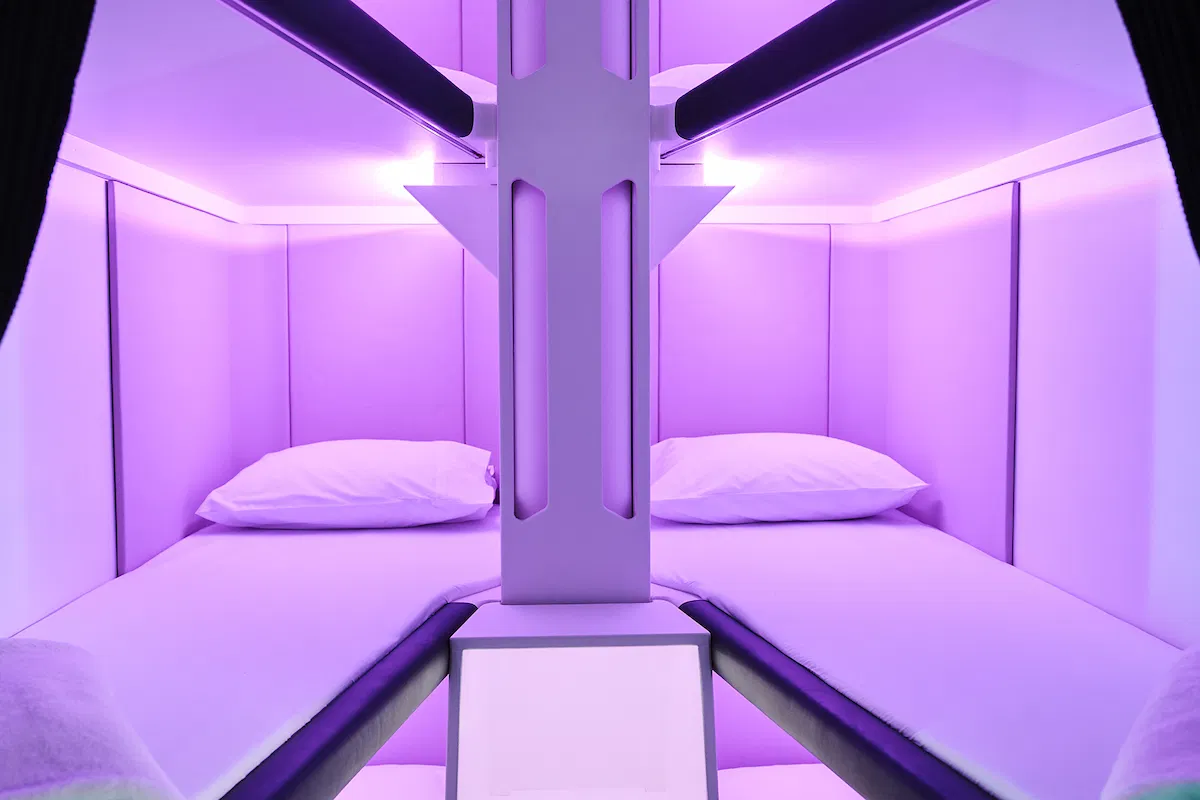
Skynest is a pod of six bunk beds, fit in a three-level capsule located between the Premium Economy and Economy cabins. Passengers from either cabin will be able to book four-hour sleeping blocks on ultra long-haul flights, giving them a truly lie-flat option for proper rest.
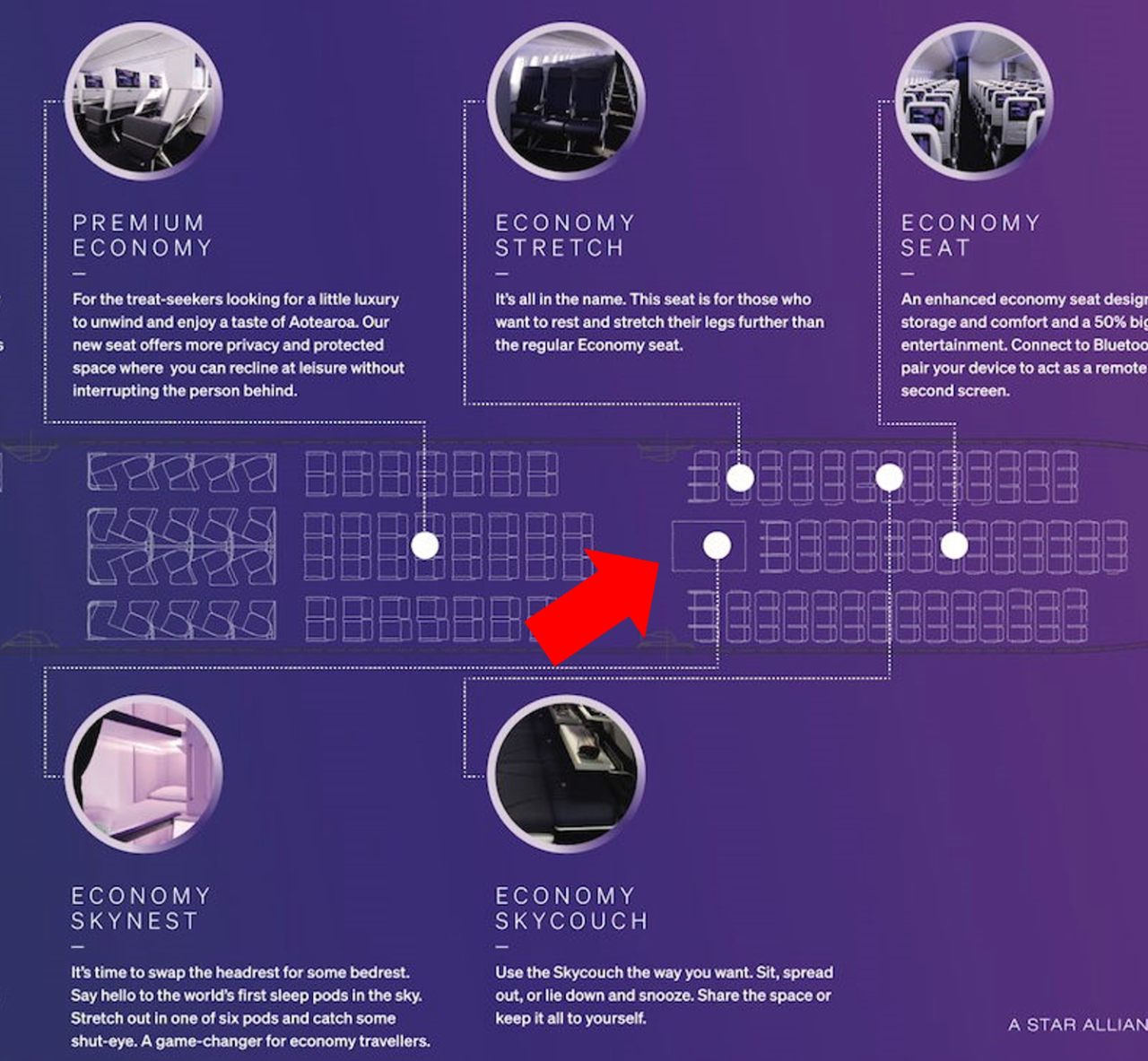
Each bed will be 2.03m long, and 58 cm wide, with an individual reading light, USB charging outlet, and ventilation nozzle. Passengers will receive a full-size pillow, sheets, blanket and ear plugs.
Pods will be cleaned and refreshed in 30-minute intervals between sessions, and before you ask, yes, there’s a limit of one person per bunk, so joining the mile high club is somewhat inadvisable.
Skynest is an unprecedented (and commercially untested) product, so Air New Zealand is being understandably cautious with its rollout. Skynest will not be fitted on the Boeing 777s, nor on any of the 14 existing Boeing 787-9 aircraft earmarked for retrofits. Instead, the plan is to install Skynest on two new Boeing 787-9 aircraft that Air New Zealand expects to receive from early 2026 onwards.
| ✈️ New B787-9 | ||
| V1 (Retrofit) | V2 (Factory-fit) | |
| Business | 26 | 42 |
| Premium Economy | 33 | 52 |
| Economy | 213 | 125 |
| Skynest | No | Yes |
| Total Seats | 272 | 219 |
The airline has not publicly confirmed whether it will be installing Skynest on the six Boeing 787-10s that it has on order, but if it’s to serve Chicago and New York as previously stated, it will obviously need more than two aircraft.
It’s toe-in-the-water stuff at the moment, and Skynest won’t be a common feature on Air New Zealand flights in the near future.
How much will Skynest cost?

It won’t be possible to book a Skynest seat as such; instead, you’ll need to book a regular Economy or Premium Economy seat, then add Skynest as a paid extra.
While the exact Skynest pricing has yet to be officially confirmed, Air New Zealand has mulled a price point of between NZ$400 and NZ$600 (~S$307 and S$462) for a four-hour block. That works out to just over NZ$100 per hour, and could be low enough for jetlagged passengers to take a punt.
Common sense would tell you that not all four-hour blocks are equal (I can imagine the first block would be especially popular, particularly for red-eye departures), and it is possible we’ll see differentiated pricing depending on time slot and maybe even bunk location.
Passengers will be limited to booking a single block per flight.
Hands on: Skynest mock up
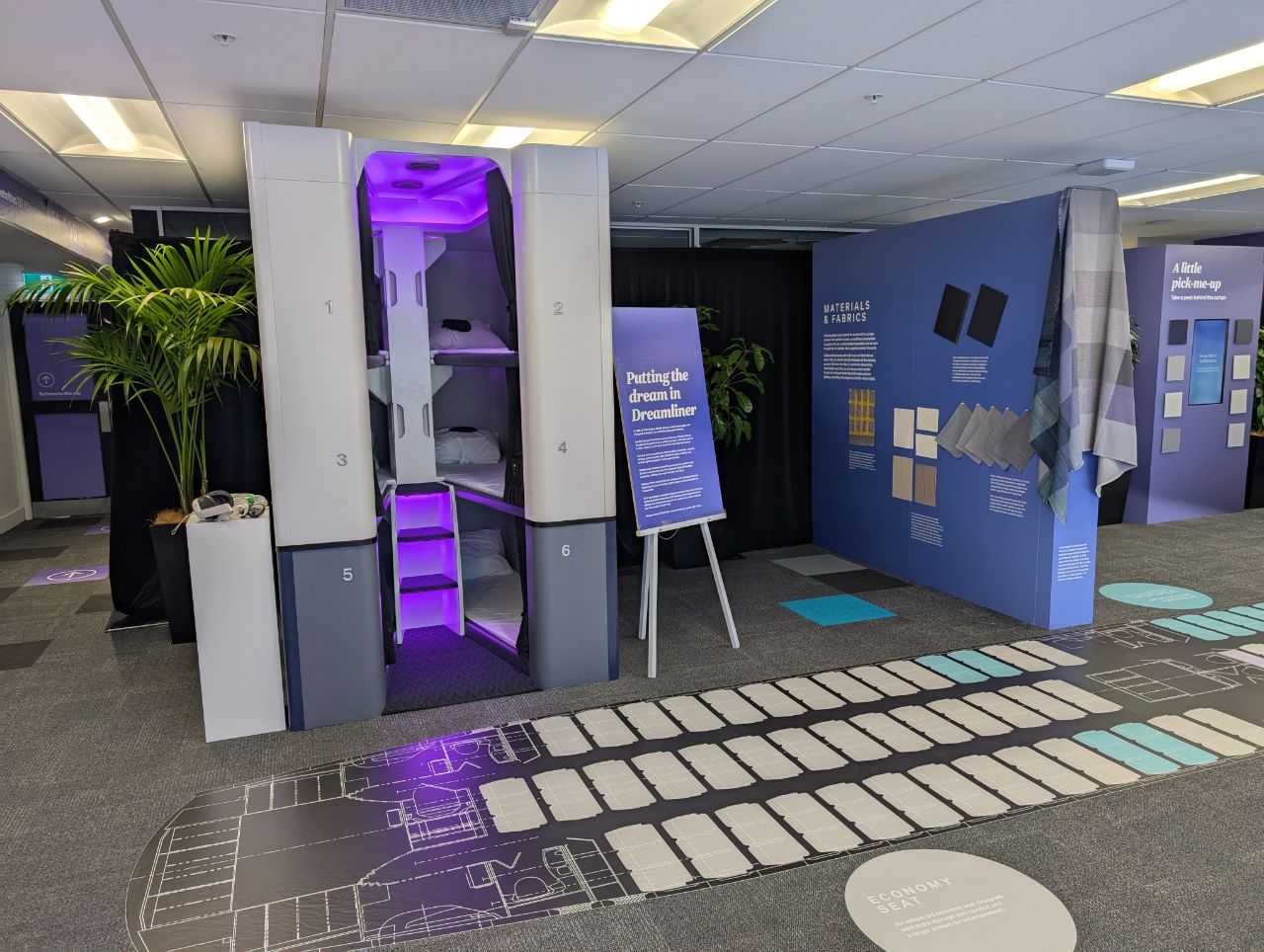
On the sidelines of the media preview of Air New Zealand’s first retrofitted B787-9, I had the opportunity to try a Skynest mockup.
It’s a curious-looking monument, to say the least, and very similar to a crew rest area.
Bunks are numbered 1-6, with 1 & 2 on top, 3 & 4 in the middle and 5 & 6 at the bottom. Bunks 1 & 2 can only be accessed by climbing a short stepladder, and some upper body strength is necessary to haul yourself into place. Passengers with reduced mobility are likely to find it difficult to manoeuvre into any of the bunks, given the tight confines.

To give some height perspective, here’s me (1.8m) standing and sitting inside.

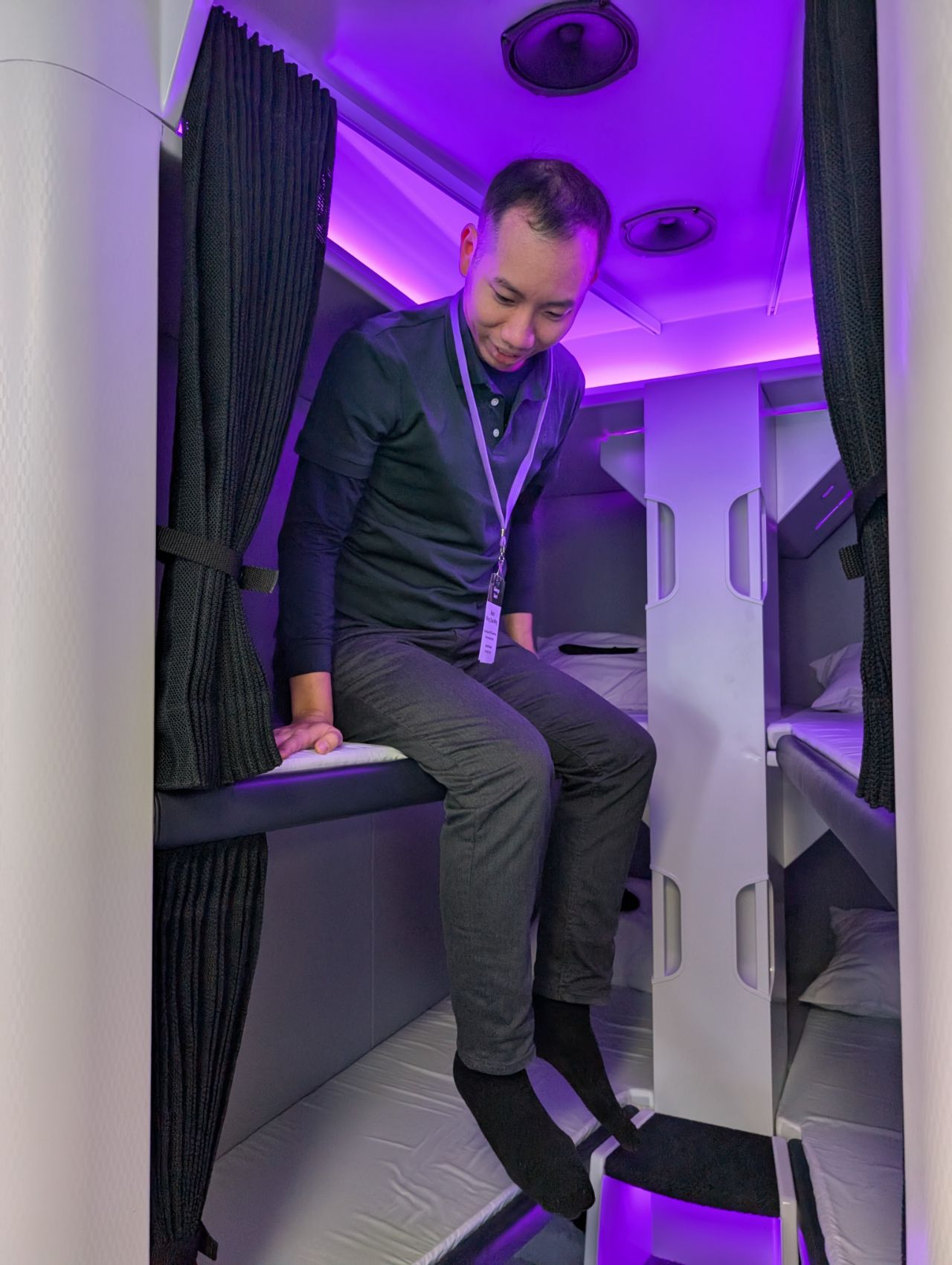
Skynest is obviously not suited for those uncomfortable with small spaces, but Josephine Teo jokes aside, the bed itself was surprisingly comfortable. While the mattress looks thin, the padding was more than adequate, and assuming you’re not podsharing with a chronic snorer, I could see having a very good rest in one of these.


A curtain (not blackout) provides a modicum of privacy, and the mood lighting creates a sleep-inducing atmosphere. The biggest danger here would be waking up in the middle of the night, instinctively sitting up and bumping your head. I wonder if some thin padding on the underside might help, because the kiss of hard plastic is unpleasant to rouse to.
There’s also the human factor to consider, and Air New Zealand will need to consider the possibility of anti-social behaviour, such as passengers using the space to watch movies without headphones, crunching away on noisy snacks, or creeps trying to proposition other travellers (or…themselves).
Then there’s also service considerations, such as how to roster crew to clean the bunks with the rigid Economy Class meal service times, not to mention potential conflicts with the inevitable oversleeper.
Will Skynest be successful?
Well, that depends on how you define success.
If we’re talking commercial viability, then the obvious question is whether Skynest can generate more revenue compared to the Economy Class seats that could otherwise be installed. John Walton at RGN has crunched the numbers for those interested, but the short answer is yes, assuming all six bunks are occupied throughout the flight.
But all you need is one bunk to be taken out of commission — perhaps by a child wetting the bed — for the economics to change. And while it’s monetising vertical space that might otherwise not have been used, it remains to be seen whether enough passengers will consistently pay for bunk access to make it worthwhile.
Of course, there’s always the possibility of Skynest becoming an IP asset, with Air New Zealand licensing it to other carriers the way it has Skycouch (once available on China Airlines, but discontinued in 2018). And Skynest could be a halo product (how often do you hear that term applied to Economy Class?) that convinces customers to book with Air New Zealand, even if they don’t ultimately end up using it.
Besides, with all the publicity that Skynest has already generated, one could argue that the project has already paid for itself, and if the concept fails to take off, Air New Zealand always has the option of ripping out the pod and replacing it with conventional Economy Class seating.
Conclusion
Air New Zealand is one of the rare carriers that’s serious about innovation in Economy Class, first with Skycouch in 2011, and now with the upcoming Skynest.
Despite a protracted development cycle (for which the blame could also be attributed to Boeing and its production woes), the airline is quite serious about introducing the product on its ultra-long haul service to New York from early 2026.
The jury’s still out as to whether there’s an actual market for Skynest, and while the concept is intriguing, the devil is very much in the details. This could either be a very welcome innovation, or yet another example of why we can’t have nice things.
Would you be willing to pay for something like Skynest?
